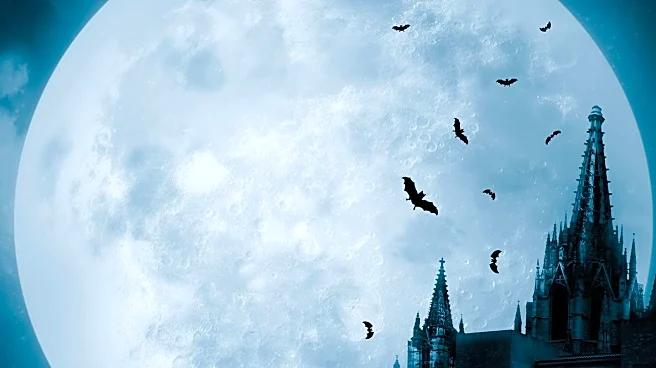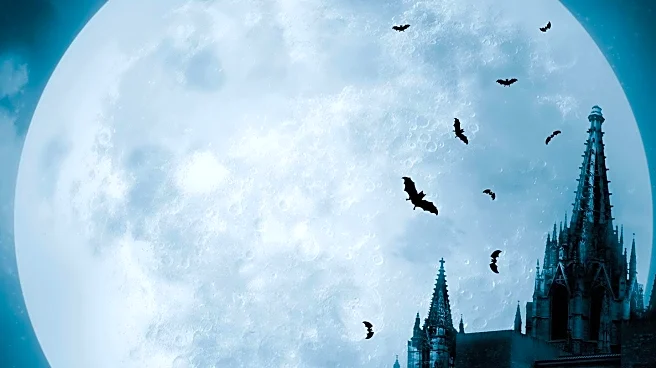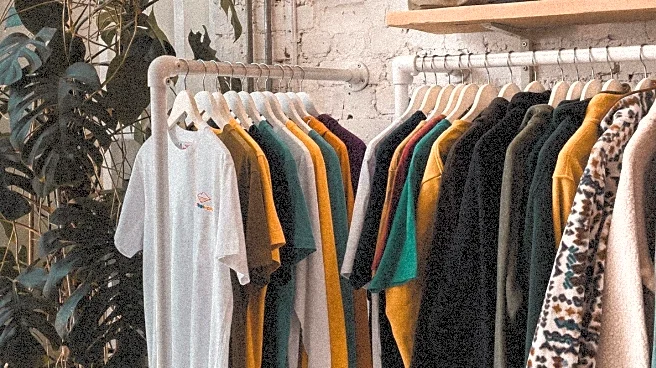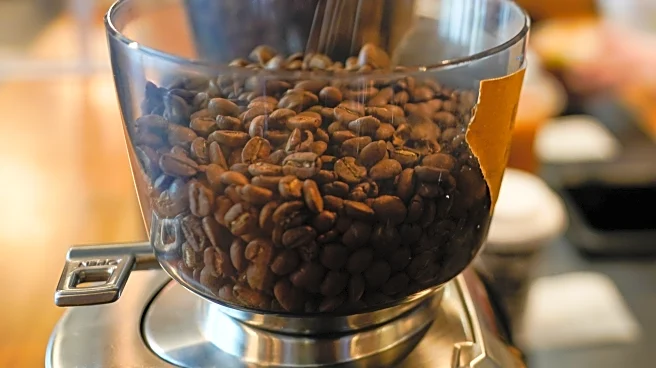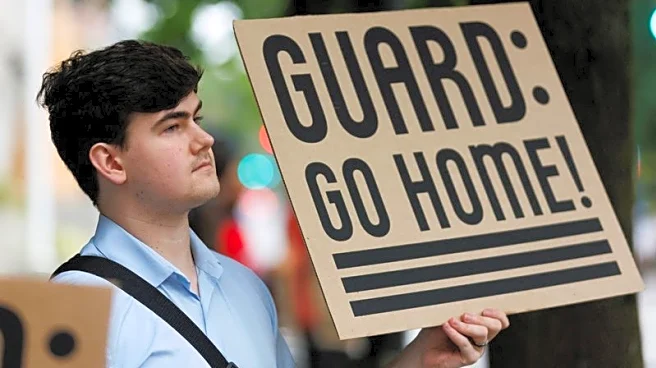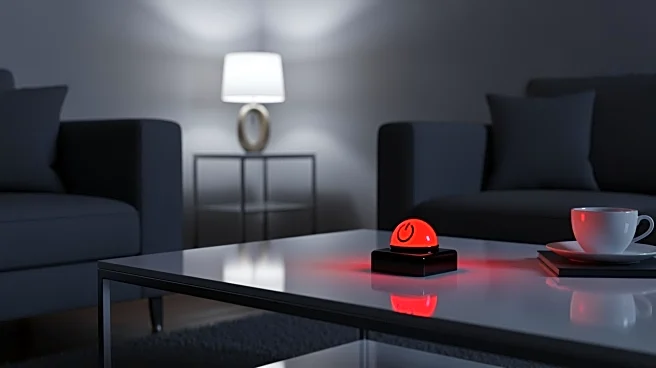What's Happening?
Across the United States, horror and gothic-themed shops are gaining popularity, offering a unique retail experience that caters to fans of the macabre. These businesses, ranging from cafes to bookstores,
provide spaces for enthusiasts to gather and celebrate horror culture year-round. Notable examples include the House of Monsters in Chicago, which continues to operate online, and new establishments like The Twisted Spine, New York City's first horror bookstore. The trend is seen as a response to the growing interest in horror franchises and the desire for community spaces dedicated to the genre.
Why It's Important?
The rise of horror-themed retail spaces signifies a broader cultural acceptance of horror as a lifestyle choice. This trend reflects changing consumer preferences, where niche interests are increasingly mainstream. For businesses, tapping into the horror market offers opportunities for differentiation and customer engagement, particularly among younger demographics. The proliferation of these shops also highlights the role of social media in connecting enthusiasts and fostering communities around shared interests.
What's Next?
As horror-themed businesses continue to expand, there may be increased collaboration between retailers and horror content creators, leading to exclusive merchandise and events. The success of these shops could inspire similar ventures in other niche markets, further diversifying the retail landscape. Additionally, the integration of technology, such as augmented reality experiences, could enhance the immersive nature of these establishments, attracting more visitors.
Beyond the Headlines
The growth of horror-themed retail spaces may influence broader cultural trends, encouraging the exploration of darker themes in art and entertainment. This shift could lead to a reevaluation of traditional retail models, where experiential and thematic shopping experiences become more prevalent. The acceptance of horror as a lifestyle choice also raises questions about societal attitudes towards fear and the supernatural, potentially impacting cultural narratives and media representation.
